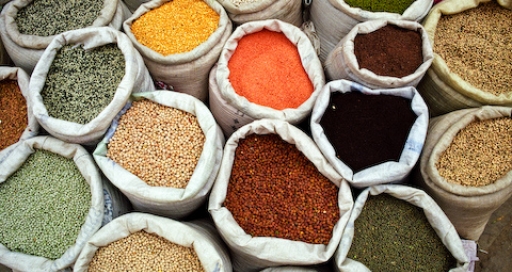How much legumes are helpful?
Many doctors and diabetologists recommend eating legumes. How useful they actually are, now a randomized clinical test has shown.
Beans, lentils and Co. are especially recommended, because of their property of slow digested and their high fiber content. A study that was recently published, now could show that legumes can reduce blood pressure and HbA 1c value effectively.
In the study take a part 121 patients with type 2 diabetes. The subjects were divided into two group. A one of them should consume daily at least one cup of cooked beans, chickpeas, lentils or other legumes. The other should pay attention only to the consumption of whole grains.
Legumes significantly lower blood pressure.
Study leader David Jenkins announced that all study participants were able to lose their excess weight. They reduced the calorie intake, eating less fats and more proteins instead. The HbA 1c value improved during the legume diet by 0.5 percentage points and during the whole grain diet by 0.3 percentage points. Therefore the difference here was not significant.
However take a look at the results of the blood pressure. In the group which should eat legumes every day, the systolic value decreased by 4.5 mm Hg back against the grain diet full. This has a favorable effect on risk of cardiovascular disease. The calculated risk of experiencing a heart attack or other cardiovascular event within 10 years, went from 107 to 9.5 percent, which was 0.8 percent more than under the whole grain diet.
Although the differences primarily related to blood pressure, Jenkins attributes the success of the legume diet back to the low glycemic index. Legumes are particularly low because of the presence of heavy digestible carbohydrates in terms of the glycemic index. Study participants achieved an index of 66, while even 78 but rose among the wholegrain diet to 82 easily.